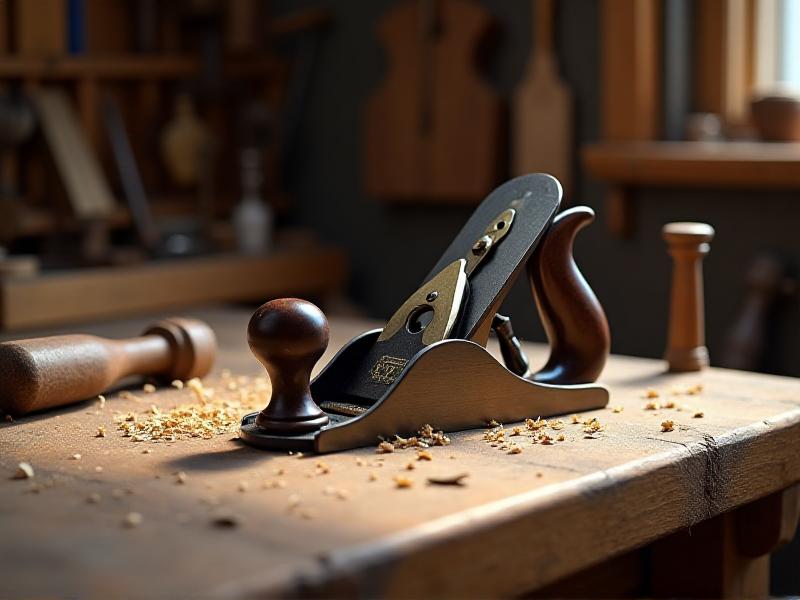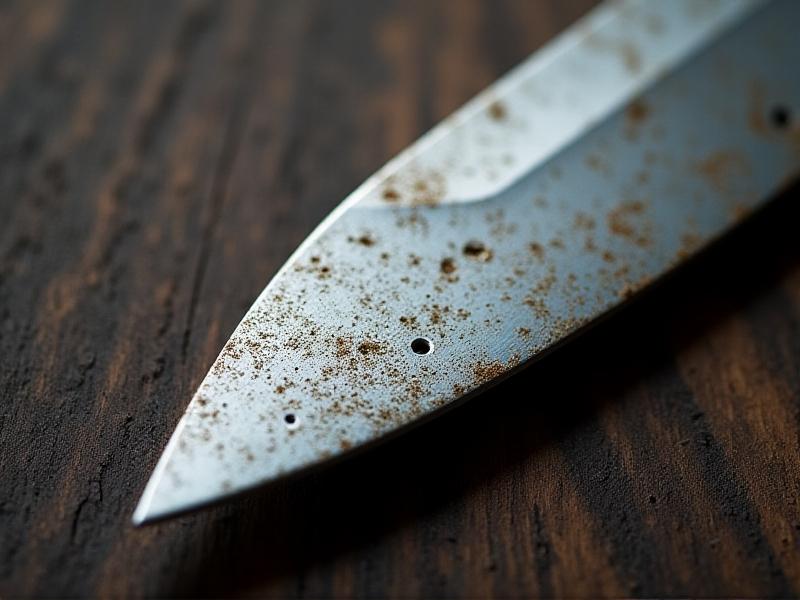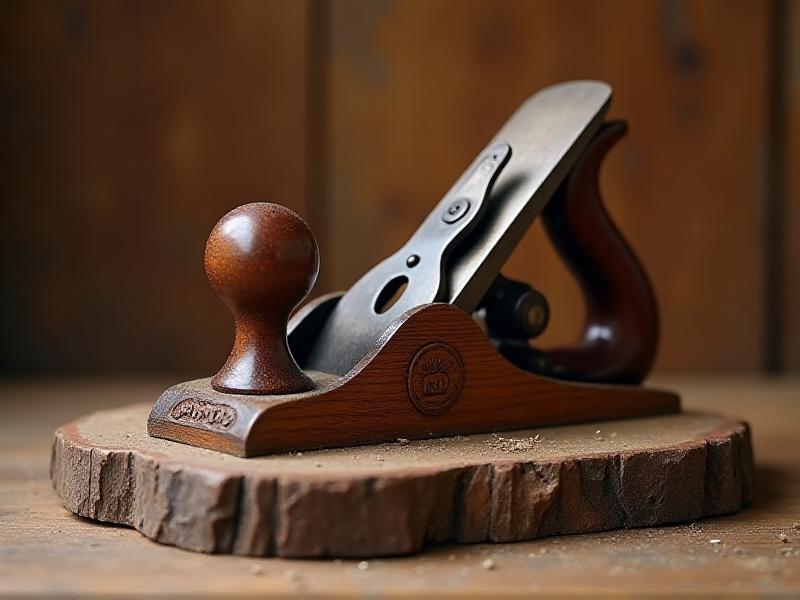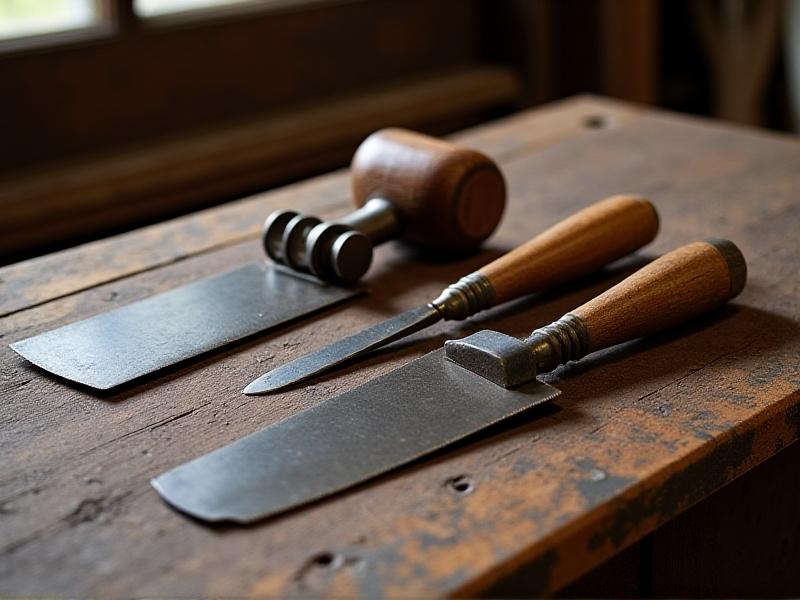Ultrasonic Cleaning for Clockwork Mechanisms
The Science Behind Ultrasonic Cleaning
Ultrasonic cleaning is a process that uses high-frequency sound waves to remove dirt, grease, and other contaminants from delicate objects like clockwork mechanisms. The science behind this method lies in the creation of microscopic bubbles in a cleaning solution. When sound waves pass through the liquid, they create alternating high-pressure and low-pressure cycles. During the low-pressure cycle, tiny vacuum bubbles form, and during the high-pressure cycle, these bubbles collapse or implode. This phenomenon, known as cavitation, generates intense energy that dislodges dirt and grime from even the most intricate surfaces.
For clockwork mechanisms, ultrasonic cleaning is particularly effective because it can reach into the tiniest crevices and gears without causing damage. Traditional cleaning methods often involve scrubbing or using harsh chemicals, which can wear down delicate parts or leave residues. Ultrasonic cleaning, on the other hand, is gentle yet thorough, making it an ideal choice for preserving the precision and functionality of clocks.

Why Clockwork Mechanisms Need Specialized Cleaning
Clockwork mechanisms are marvels of engineering, often composed of dozens or even hundreds of tiny, interconnected parts. These components must work in perfect harmony to keep accurate time, and even the smallest amount of dirt or debris can disrupt their function. Over time, dust, oil, and other contaminants can accumulate in the gears, springs, and pivots, leading to friction, wear, and eventual failure.
Specialized cleaning is essential for maintaining the longevity and accuracy of these mechanisms. Unlike larger mechanical systems, clockwork components cannot simply be wiped down or rinsed off. Their intricate design requires a method that can thoroughly clean without causing damage. Ultrasonic cleaning meets this need by using sound waves to remove contaminants without the need for physical contact or abrasive chemicals.
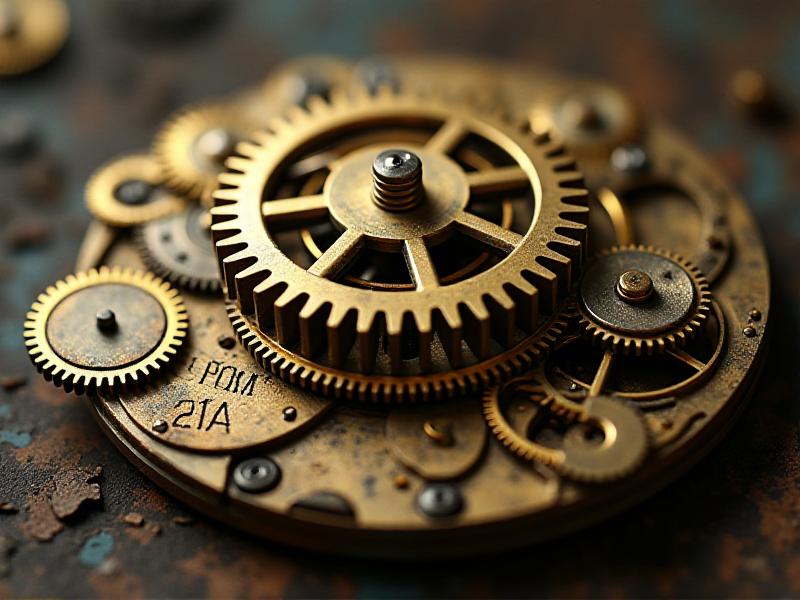
Choosing the Right Cleaning Solution
The effectiveness of ultrasonic cleaning depends not only on the equipment but also on the cleaning solution used. For clockwork mechanisms, it’s crucial to select a solution that is both effective at removing contaminants and safe for the materials involved. Common cleaning agents include water-based solutions with added detergents, solvents, or specialized formulas designed for metal parts.
When choosing a cleaning solution, consider the type of contaminants present and the materials of the clockwork mechanism. For example, a solution that works well for removing oil and grease may not be suitable for removing rust or mineral deposits. Additionally, some solutions may be too harsh for delicate materials like brass or copper, potentially causing discoloration or corrosion. Always test the solution on a small, inconspicuous area before using it on the entire mechanism.

The Ultrasonic Cleaning Process Step-by-Step
The ultrasonic cleaning process for clockwork mechanisms involves several key steps to ensure optimal results. First, disassemble the clockwork mechanism as much as possible to expose all parts to the cleaning solution. This step is crucial for reaching hidden areas where dirt and debris may accumulate. Next, place the components in a mesh basket or holder to keep them organized and prevent them from touching the sides or bottom of the ultrasonic tank.
Fill the ultrasonic cleaner with the appropriate cleaning solution, ensuring that all parts are fully submerged. Set the timer and frequency according to the manufacturer’s recommendations and the level of contamination. Once the cleaning cycle is complete, remove the parts and rinse them thoroughly with distilled water to remove any residual cleaning solution. Finally, dry the components using compressed air or a lint-free cloth to prevent water spots or corrosion.
Benefits of Ultrasonic Cleaning for Clockwork Mechanisms
Ultrasonic cleaning offers numerous benefits for maintaining clockwork mechanisms. One of the most significant advantages is its ability to clean intricate parts without causing damage. The gentle yet effective nature of ultrasonic cleaning ensures that even the most delicate gears and springs are thoroughly cleaned without the risk of wear or distortion.
Another benefit is the time efficiency of the process. Traditional cleaning methods can be labor-intensive and time-consuming, especially for complex mechanisms. Ultrasonic cleaning, on the other hand, can clean multiple parts simultaneously in a matter of minutes, saving both time and effort. Additionally, the use of specialized cleaning solutions ensures that all contaminants are removed, leaving the mechanism in pristine condition.
Common Mistakes to Avoid in Ultrasonic Cleaning
While ultrasonic cleaning is a highly effective method, there are several common mistakes that can compromise the results. One of the most frequent errors is using the wrong cleaning solution. Not all solutions are suitable for every type of material or contaminant, and using an inappropriate solution can lead to damage or incomplete cleaning. Always research and select a solution that is compatible with the clockwork mechanism’s materials and the type of dirt or debris being removed.
Another mistake is overloading the ultrasonic cleaner. Placing too many parts in the tank can reduce the effectiveness of the cleaning process, as the sound waves may not reach all surfaces evenly. It’s also important to avoid using excessive cleaning times, as prolonged exposure to ultrasonic waves can cause wear or damage to delicate parts. Follow the manufacturer’s guidelines and adjust the settings as needed based on the level of contamination.
Maintaining Your Ultrasonic Cleaning Equipment
To ensure the longevity and effectiveness of your ultrasonic cleaning equipment, regular maintenance is essential. Start by keeping the tank clean and free of debris. After each use, drain the cleaning solution and rinse the tank with distilled water to remove any residual contaminants. Periodically inspect the transducer, which generates the sound waves, for signs of wear or damage. If the transducer is not functioning properly, the cleaning process will be less effective.
It’s also important to replace the cleaning solution regularly, as it can become saturated with dirt and lose its effectiveness over time. Store the equipment in a clean, dry environment to prevent corrosion or damage. By taking these steps, you can ensure that your ultrasonic cleaner remains in optimal condition and continues to deliver excellent results for your clockwork mechanisms.
Case Study: Restoring a Vintage Clock with Ultrasonic Cleaning
To illustrate the effectiveness of ultrasonic cleaning, consider the restoration of a vintage clock from the early 20th century. The clock had not been cleaned or serviced in decades, and its mechanism was heavily contaminated with dust, old oil, and rust. Traditional cleaning methods were deemed too risky due to the delicate nature of the clock’s components.
The restoration team decided to use ultrasonic cleaning to tackle the job. They disassembled the clockwork mechanism and placed the parts in an ultrasonic cleaner with a specialized cleaning solution. After a few cleaning cycles, the parts were thoroughly cleaned, with all contaminants removed. The team then reassembled the clock, which began ticking accurately once again. This case study highlights the transformative power of ultrasonic cleaning in restoring vintage timepieces to their former glory.
Future Trends in Ultrasonic Cleaning Technology
As technology continues to advance, so too does the field of ultrasonic cleaning. One emerging trend is the development of more eco-friendly cleaning solutions that are biodegradable and non-toxic. These solutions are not only better for the environment but also safer for technicians and the materials being cleaned. Another trend is the integration of smart technology into ultrasonic cleaning equipment. Modern machines now feature digital controls, sensors, and connectivity options that allow for more precise and efficient cleaning processes.
Additionally, researchers are exploring the use of ultrasonic cleaning in new applications, such as medical devices and electronics. As the technology evolves, it’s likely that ultrasonic cleaning will become even more versatile and accessible, offering new possibilities for preserving and maintaining delicate objects like clockwork mechanisms.



